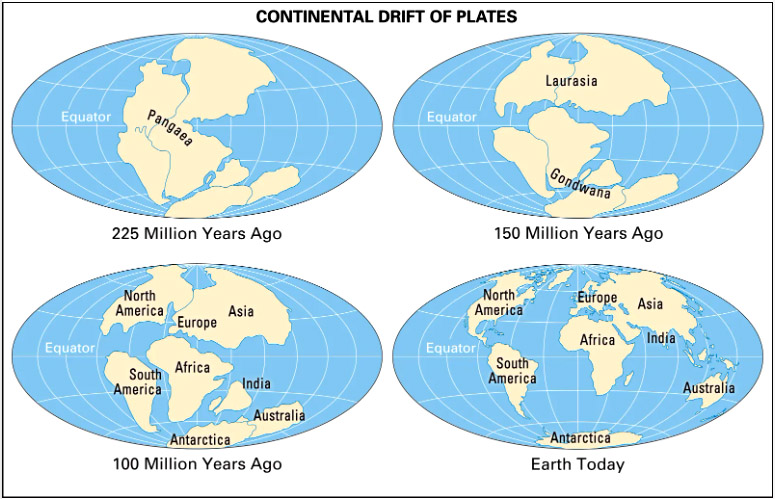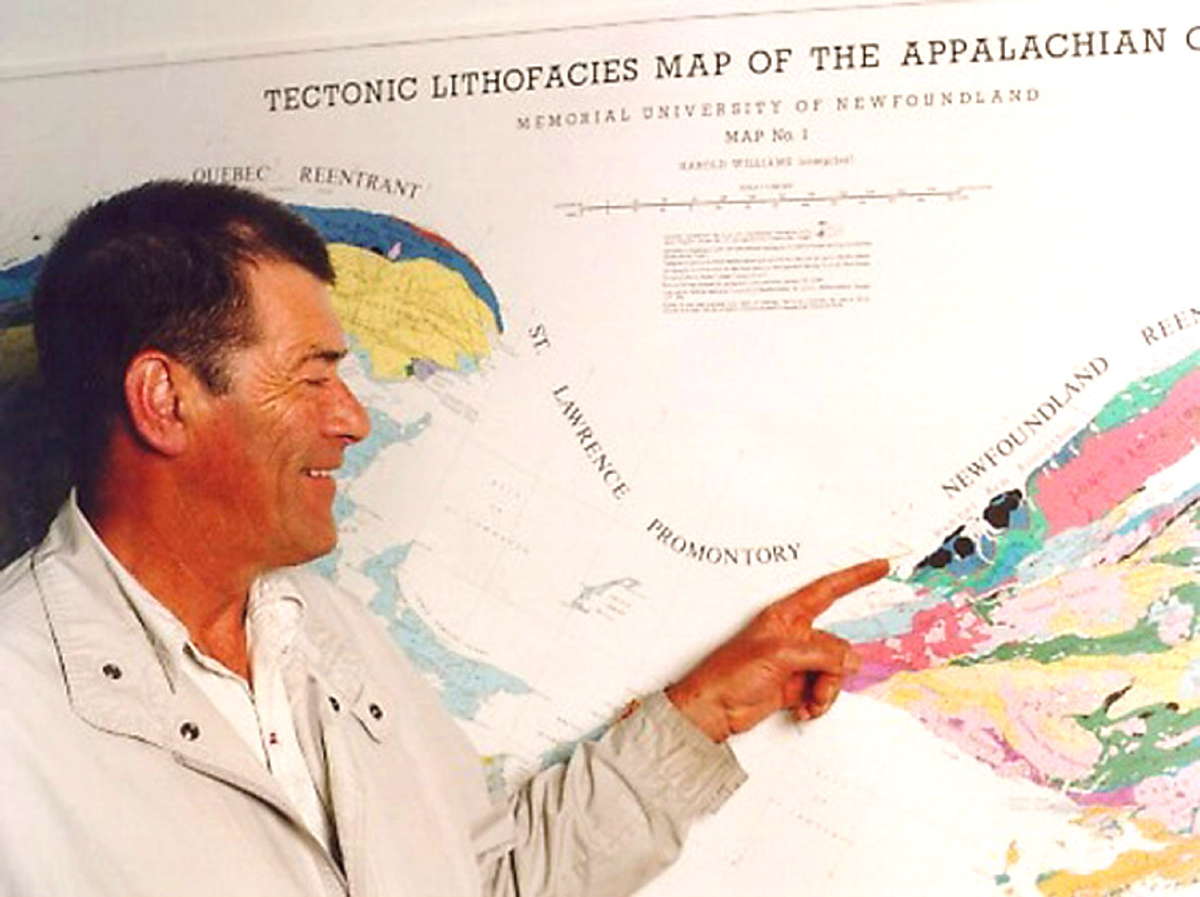The Appalachian-Caledonian Orogeny is a geological mountain building event that played a crucial role in shaping the ancient supercontinent of Pangaea around 300 million years ago. This orogeny represents the collision and convergence of several landmasses, primarily Laurentia, Baltica, and Avalonia, during the Paleozoic era. The term “orogeny” refers to the process of mountain-building through tectonic plate interactions.
Geology
The story of the Appalachian-Caledonian Orogeny begins with the breakup of the supercontinent Rodinia, leading to the formation of smaller landmasses. Laurentia, comprising parts of present-day North America, collided with Baltica, representing parts of northern Europe, and Avalonia, which included parts of modern-day Europe and eastern North America.
The collision initiated a series of complex geological processes. Subduction zones formed, where one tectonic plate was forced beneath another, leading to the creation of volcanic arcs and island arcs. As the continents continued to converge, vast mountain ranges emerged, giving rise to what is now known as the Appalachian Mountains in North America and the Caledonian Mountains in Europe. The orogeny had significant impacts on the Earth’s crust, leading to the closure of ancient oceans and the amalgamation of various landmasses into the supercontinent Pangaea. The collision also caused intense folding, faulting, and metamorphism, shaping the landscape and contributing to the rich geological diversity observed in the Appalachian region today.
The Appalachian-Caledonian Orogeny provides valuable insights into the dynamic nature of Earth’s tectonic processes and the interconnectedness of continents over geological time scales. The remnants of this orogeny, seen in the Appalachian and Caledonian Mountains, serve as geological archives, offering clues about Earth’s ancient history and the forces that have shaped its surface over millions of years.
[Source: ChatGPT]






